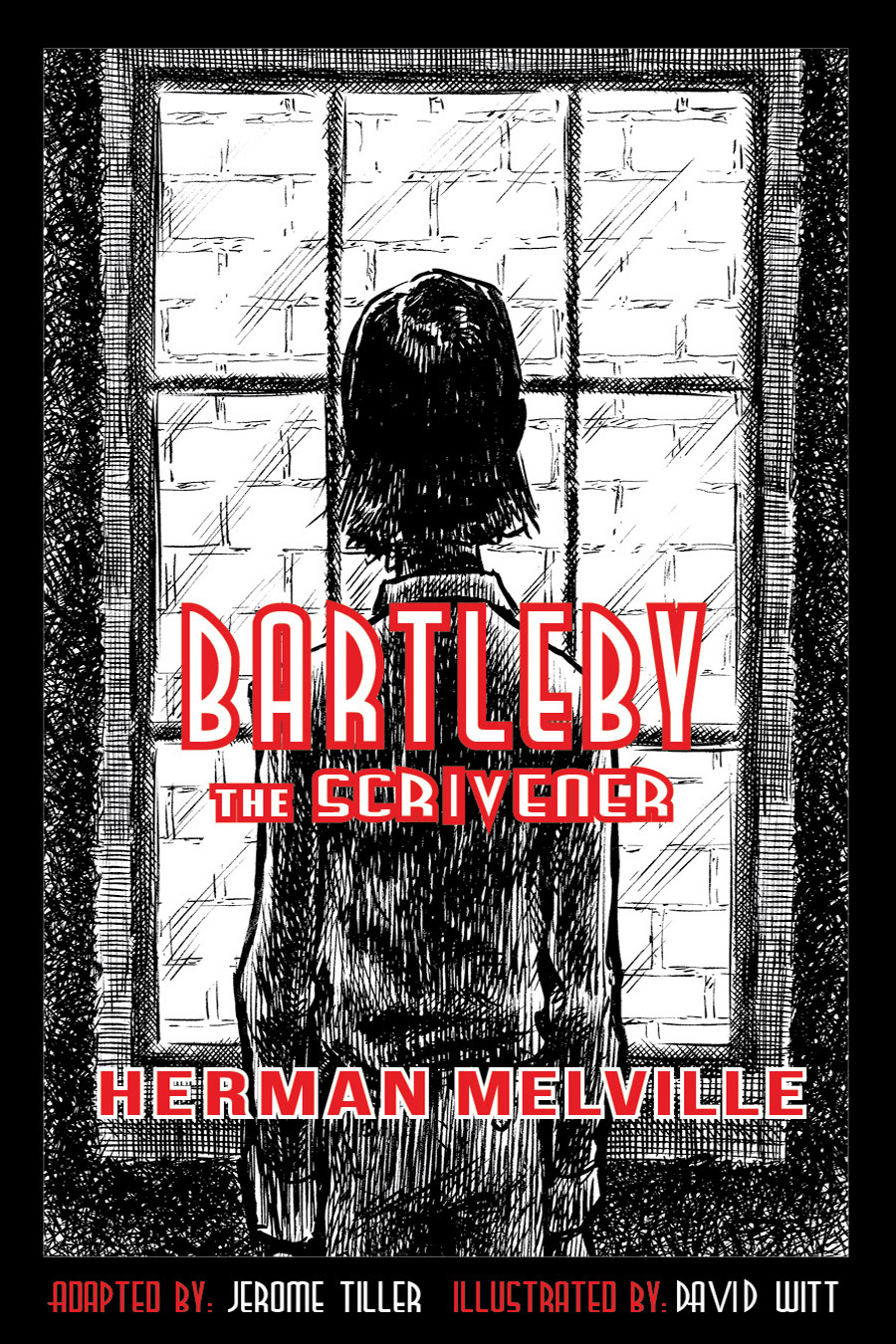Poe's Hop-Frog - Middle-School Lesson Plan
by Jerome Tiller, in Authors
, Edgar Allan Poe
, Lesson Plans
I imagine Edgar Allan Poe’s Hop-Frog would fit well in some middle-school lesson plan. I can only imagine, however. Today’s lesson plans are probably tied closely to education standards and achievement tests. I am not a teacher. I do not know enough about the teaching vocation to speak authoritatively about standards or testing. Still, if teachers have the flexibility to use literature to stir classroom discussion, 'Poe’s Hop-Frog' has much going for it as a vehicle for that.
I discussed objections to exposing middle-grade readers to 'Hop-Frog' in two earlier posts. To reiterate, just because Hop-Frog, a very sympathetic character, violently revenges maltreatment by his tormentors does not mean that violent revenge is justifiable. Whether revenge can ever be justified, however, is a debatable point. The story 'Hop-Frog' would neatly draw middle-school students into a classroom discussion about that issue. And there are quite a few other issues 'Poe’s 'Hop-Frog' would raise as well.
Poe gives us no reason to suppose the king and his counsellors would not vigorously pursue Hop-Frog and Trippetta had they escaped. Poe portrays Hop-Frog as a valuable asset to the king. And Poe portrays the king and his counsellors as wicked. They would not have accepted the escape of Hop-Frog and Trippetta.
To be sure, Hop-Frog enacted brutal revenge on the wicked king and his counsellors. And the act was so brutal it probably made even Edgar Allan Poe wince when he dreamed it up. But the bottom-line is this: Hop-Frog was a captive, and he disposed of the king and his counsellors, not just to get revenge, but to free his friend and himself from hostile captivity. As the story goes, that surely wasn’t his initial motive for devising a plan to eradicate the king, but freedom would have quickly become a large part of his plan.
[caption id="attachment_529" align="alignnone" width="549"] The king and his counselors wonder what costumes to wear to the ball.[/caption]
The king and his counselors wonder what costumes to wear to the ball.[/caption]
I discussed objections to exposing middle-grade readers to 'Hop-Frog' in two earlier posts. To reiterate, just because Hop-Frog, a very sympathetic character, violently revenges maltreatment by his tormentors does not mean that violent revenge is justifiable. Whether revenge can ever be justified, however, is a debatable point. The story 'Hop-Frog' would neatly draw middle-school students into a classroom discussion about that issue. And there are quite a few other issues 'Poe’s 'Hop-Frog' would raise as well.
Freedom
Here is one issue (one issue per blog - I have to get to work:(). Hop-Frog and his friend Trippetta, captives of a king and his counsellors, want freedom. Poe does not state this directly, but it is easy to ascertain they wanted to be free. Unfortunately for Hop-Frog and Trippetta, peaceful escape would have seemed impossible. Although Hop-Frog could and did invent imaginative costumes, disguises for his friend and him were out of the question. Both characters are dwarves and no disguise could hide that from a king who would have been bent on their recapture.Poe gives us no reason to suppose the king and his counsellors would not vigorously pursue Hop-Frog and Trippetta had they escaped. Poe portrays Hop-Frog as a valuable asset to the king. And Poe portrays the king and his counsellors as wicked. They would not have accepted the escape of Hop-Frog and Trippetta.
To be sure, Hop-Frog enacted brutal revenge on the wicked king and his counsellors. And the act was so brutal it probably made even Edgar Allan Poe wince when he dreamed it up. But the bottom-line is this: Hop-Frog was a captive, and he disposed of the king and his counsellors, not just to get revenge, but to free his friend and himself from hostile captivity. As the story goes, that surely wasn’t his initial motive for devising a plan to eradicate the king, but freedom would have quickly become a large part of his plan.
Is Violence ever Justifiable?
So getting back to the classroom debate, is violent revenge ever justifiable? How about violence alone? How about revenge alone? I will return adaptedclassics.com to blog about another issue regarding violence and revenge. In the meantime, why not decide today’s questions for yourself. If you haven’t read the story, contact me from our contact page and I will send you a free e-book. Please specify whether you want the file in e-pub or pdf.[caption id="attachment_529" align="alignnone" width="549"]
 The king and his counselors wonder what costumes to wear to the ball.[/caption]
The king and his counselors wonder what costumes to wear to the ball.[/caption]

